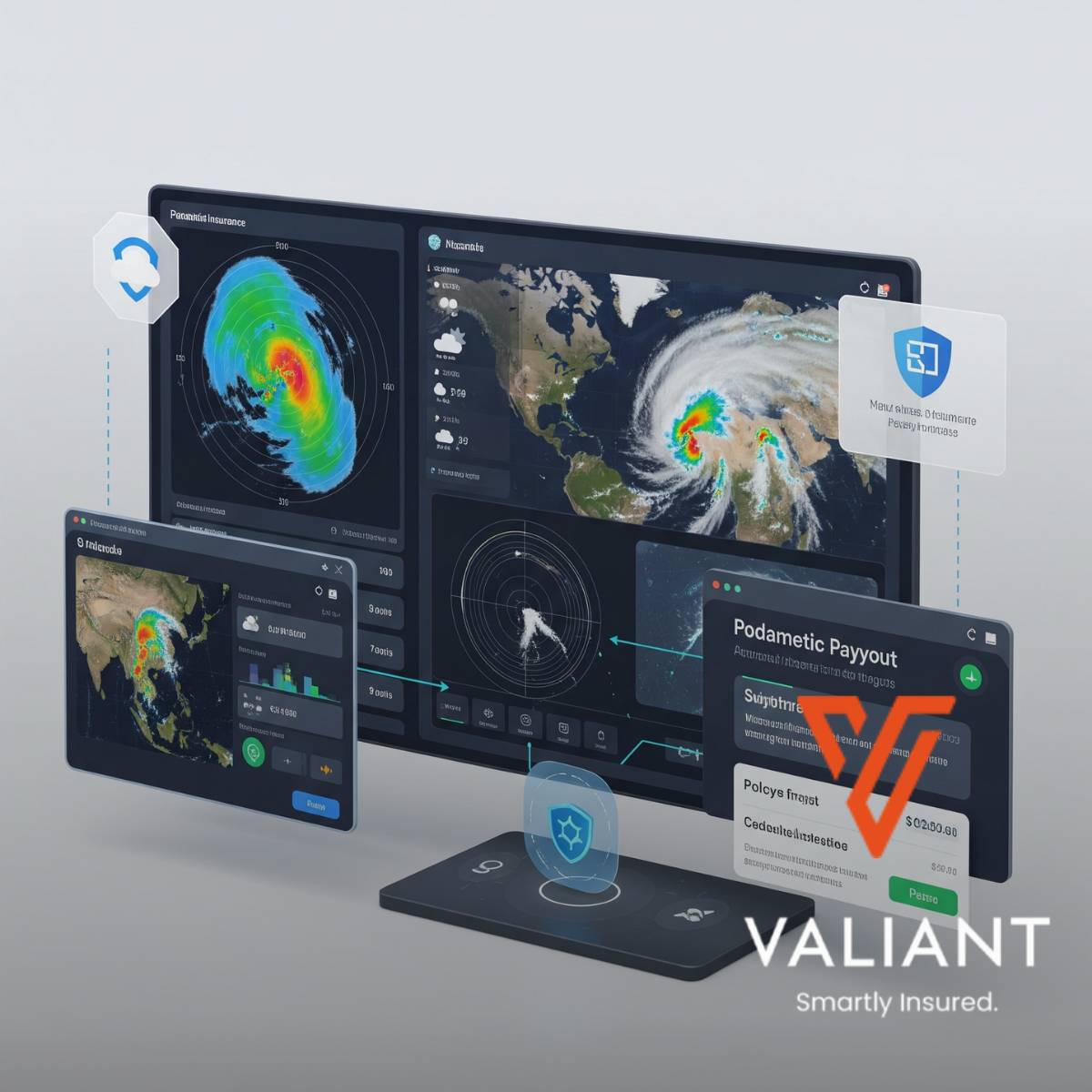This sustained expansion outpaces the average growth of other insurance lines, driven by an increasingly challenging reality in climate and financial risk management.
Four key factors behind their rapid expansion
Why this surge? Several factors explain it:
- Worldwide, events such as hurricanes, droughts and earthquakes are becoming more frequent and severe. As a result, the speed and reach of parametric covers make them especially relevant.
- More and more countries are developing specific legal frameworks or adapting existing regulations, enabling the use of parametric insurance as an effective risk-transfer tool.
- The combination of IoT, satellites, artificial intelligence and big data allows for more precise indices, while reducing operating costs and automating claims settlement.
- Parametric insurance is beginning to integrate into the wider insurance ecosystem, complementing traditional covers and improving access for sectors that were previously underserved.
The future of managing uncertainty
For those following this evolution closely, there is little doubt that parametric insurance offers an innovative, agile and scalable solution to rising climatic and economic uncertainty. Its growth reflects a market that is better prepared to address systemic risks with flexible, data-driven instruments.
At Valiant Brokers, we support this transformation because we know the demand for more advanced solutions will continue to grow.




